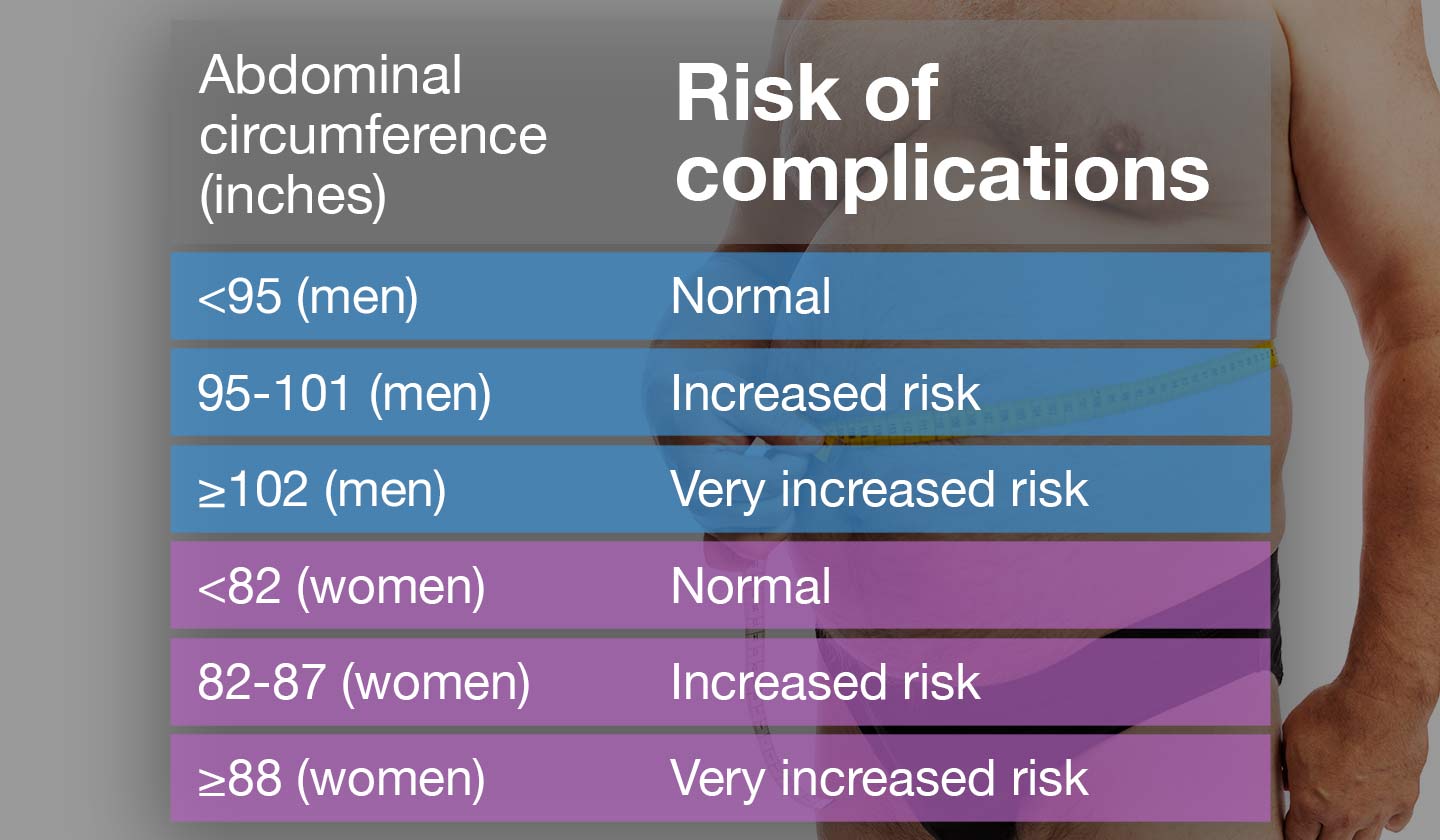Food
Obesity in simple counts

In Portugal, almost half of the adult population is overweight or obese. Worldwide, the majority of the population lives in countries where overweight and obesity kill more than malnutrition or hunger. It is therefore in the name of health that we should monitor weight.

Obesity explained
When we take in more calories than we expend, over time, the extra calories are stored in our body in the form of fat, leading to overweight and later obesity. In a nutshell, obesity is nothing more than excess fat accumulation.

Causes of obesity
Obesity sets in gradually, not immediately.
It results, above all, from an inadequate diet and physical inactivity over time, so these are the main factors to combat.
Genetics, age, some illnesses and medications can also be responsible for a greater tendency to put on extra weight. And sometimes certain situations in our lives, such as periods of increased stress, sleep deprivation, giving up smoking or even the menopause can also favour the gaining of a few extra pounds.

Consequences
Altered appearance is the most obvious complication of obesity, as are difficulty breathing and exercising, joint and back pain. But it doesn't stop there... Obesity increases the risk of developing other health problems such as:
- Cardiovascular diseases;
- Type 2 diabetes;
- Some types of cancer
- Digestive problems
- Sleep apnoea (shortness of breath during sleep);
- Osteoarthritis (disease of joints).
This condition also affects self-esteem and confidence, and can lead to psychological problems that affect social interaction, even with family and friends, and can lead to depression.
Measuring and classifying
There are two important measures in obesity:
Body Mass Index (BMI): measure which relates weight (in kilograms) and height (in metres) in the following way: Weight (kg)/ Height2 (m). Its value allows the classification of obesity.

Abdominal circumference: measurement, independent of weight, which relates the fat accumulated in the abdominal area (the most harmful) to the risk of developing obesity-related diseases.

Sources
iSaúde
Também lhe poderá interessar
Supplements






